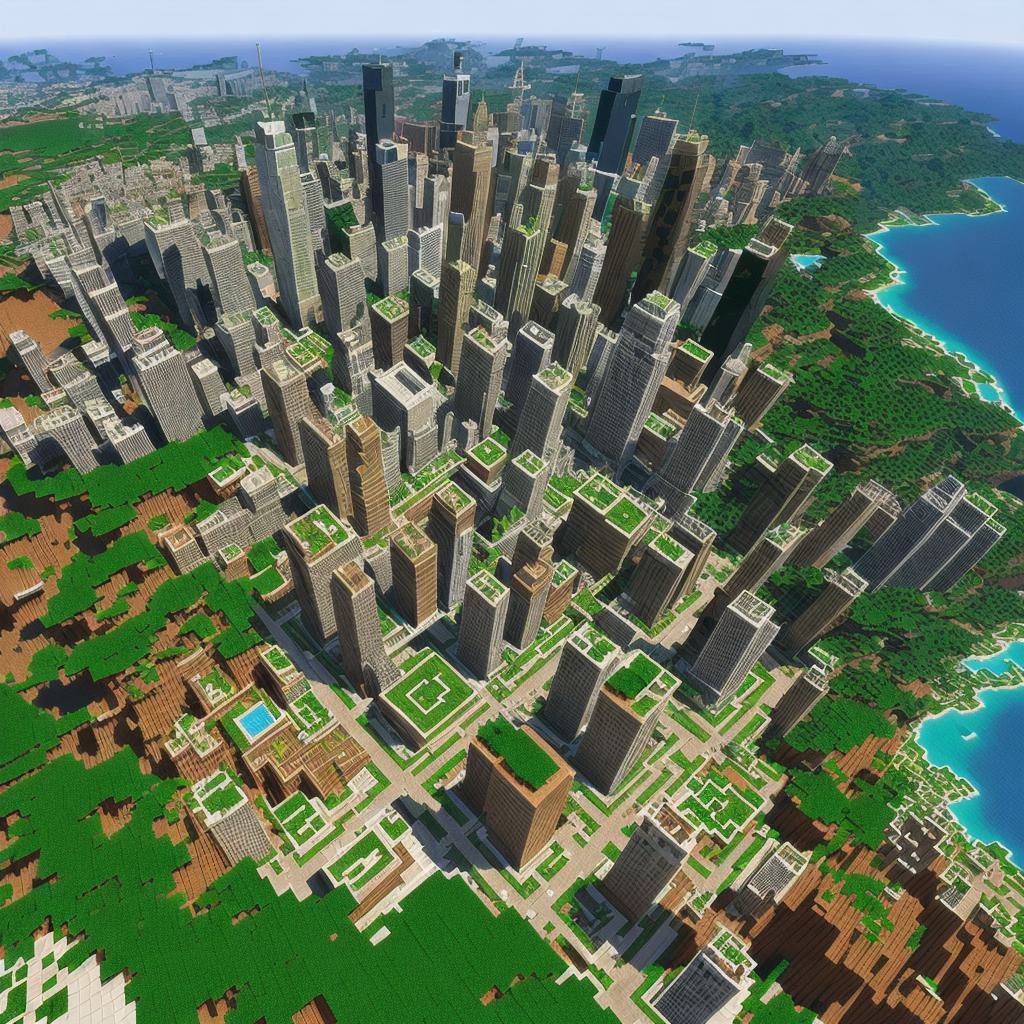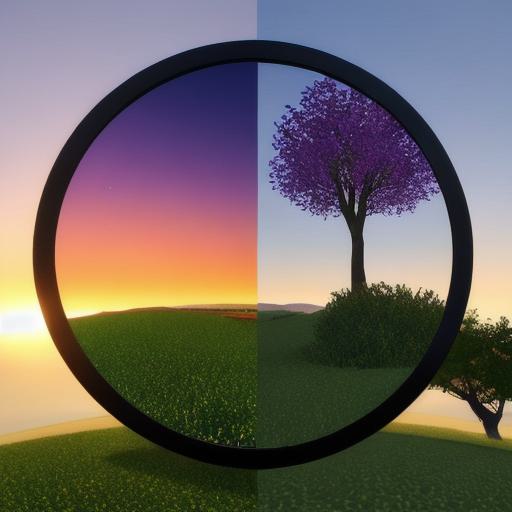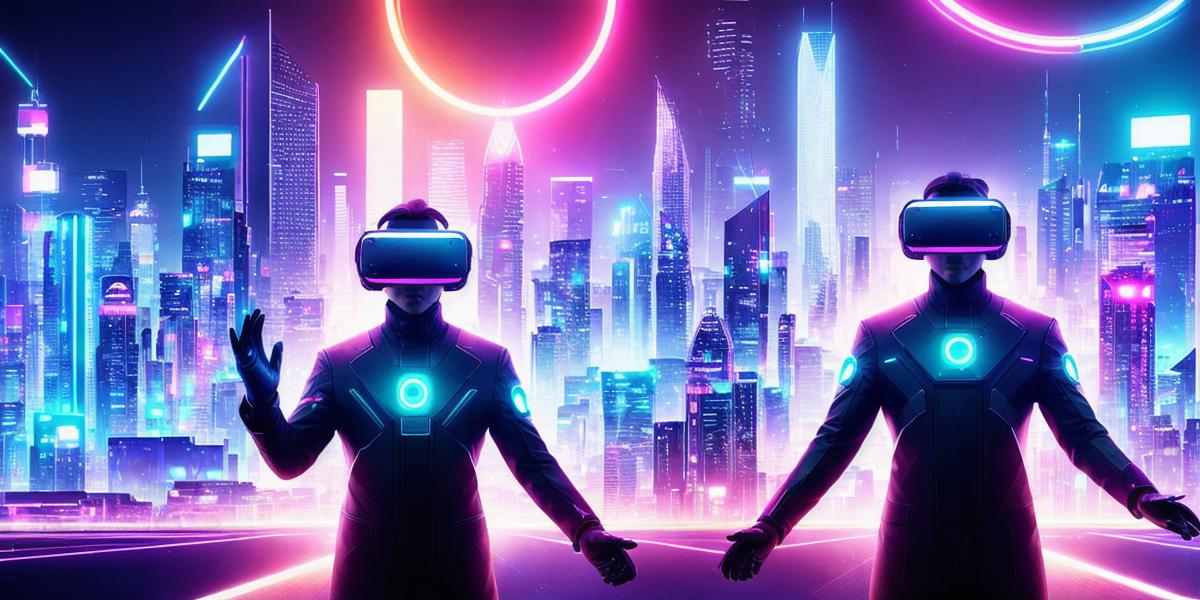In today’s digital age, the concept of metaverses has gained significant traction. But what exactly are metaverses, and how many of them are currently in existence? Let’s delve into this fascinating topic.
Definition of Metaverses
A metaverse is a collective virtual shared space, created by the convergence of virtually enhanced physical reality and physically persistent virtual reality, within which users can interact with a computer-generated environment and other users. Think of it as an immersive 3D social media platform, where users can create avatars, build structures, attend events, and even conduct business.
Examples of Metaverses
- Second Life: This is one of the oldest and most well-known metaverses. Launched in 2003, it allows users to explore a vast virtual world, interact with other users, and even build their own communities.
- Minecraft: While primarily known as a sandbox game, Minecraft’s creative mode can be considered a metaverse. Players can build complex structures, explore expansive landscapes, and even collaborate with others in real-time.

- Decentraland: This decentralized metaverse uses the Ethereum blockchain for transactions. Users can buy, sell, and develop virtual lands, as well as create games and applications.
- Roblox: Originally designed as a gaming platform, Roblox has grown into a full-fledged metaverse where users can create their own games, build communities, and even attend concerts and events.

Number of Metaverses in Existence
The exact number of metaverses is subject to interpretation since new ones emerge regularly, while some may not be widely known or actively used. However, according to a report by Grand View Research, the global virtual reality market size was valued at USD 27.6 billion in 2019 and is expected to grow at a compound annual growth rate (CAGR) of 34.4% from 2020 to 2027. This growth indicates an increasing number of metaverses as more companies enter the market.
Conclusion
In summary, metaverses are immersive digital spaces where users can interact and collaborate in a virtual environment. Examples include Second Life, Minecraft, Decentraland, and Roblox. While it is challenging to determine an exact number due to new platforms emerging frequently, the growing virtual reality market size suggests a significant increase in metaverses.
